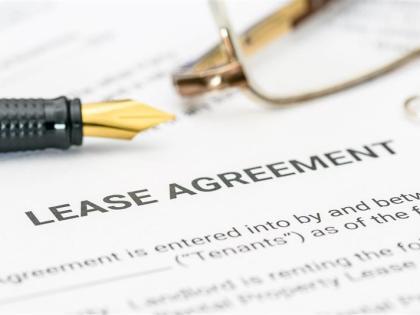When seeking equipment sale leaseback financing, you’ll need to meet specific requirements to increase your chances of approval. You’ll need a solid credit history, with a credit score of at least 650, and a stable revenue stream that’s evident in your financial statements. But that’s not all – lenders will also scrutinize your business operations, industry, and financial documents. If you’re wondering what specific documents are required or how to demonstrate a stable revenue stream, you’re not alone. The path to approval may seem unclear, but understanding the lender’s standards is key to unlocking the financing you need.
Meeting the Lender’s Credit Standards
Having a solid credit history is crucial when applying for equipment sale leaseback financing, as lenders heavily rely on it to assess your creditworthiness.
You’ll want to ensure your credit report is accurate and up-to-date, as any errors can negatively impact your chances of approval. Lenders typically look for a credit score of 650 or higher, but some may accept lower scores depending on other factors.
You should also be mindful of your credit utilization ratio, which is the amount of credit you’re using compared to the amount available to you.
Aim to keep this ratio below 30% to demonstrate responsible credit behavior. Additionally, lenders may consider the length of your credit history, the diversity of your credit types, and any recent credit inquiries.
Demonstrating a Stable Revenue Stream
With a solid credit foundation in place, you can turn your attention to demonstrating a stable revenue stream, a critical component of the equipment sale leaseback financing process.
This involves showing lenders that your business has a consistent and reliable income source to repay the leaseback financing. You’ll need to provide financial statements, such as balance sheets and income statements, to illustrate your revenue trends over time.
Be prepared to explain any fluctuations or dips in revenue, as lenders will want to understand the reasons behind them.
To strengthen your case, highlight any long-term contracts or agreements with customers, as these can provide a predictable revenue stream.
You should also emphasize your business’s growth potential and any strategies you have in place to increase revenue.
Equipment Condition and Age Requirements
Most of your equipment will likely qualify for sale leaseback financing, but lenders do impose certain condition and age requirements to ensure they’re not taking on excessive risk.
You’ll need to demonstrate that your equipment is in good working condition and has a reasonable remaining lifespan. Typically, lenders prefer equipment that’s less than 10 years old, but this can vary depending on the type of equipment and industry.
For instance, computer equipment may have a shorter lifespan due to rapid technological advancements, while heavy machinery might be acceptable at an older age.
You’ll need to provide maintenance records, proof of regular servicing, and any necessary certifications to demonstrate your equipment’s condition.
Additionally, be prepared to provide information on the original purchase price, current value, and any existing liens or loans on the equipment.
Business Operations and Industry
Lenders scrutinize your business operations and industry to gauge the viability of your equipment sale leaseback financing application.
You’ll need to demonstrate a stable and profitable business with a strong track record of generating revenue. They’ll assess your company’s size, structure, and management team, as well as your industry’s growth prospects and competitive landscape.
You should be prepared to provide information about your business’s cash flow, profit margins, and debt-to-equity ratio.
Lenders will also review your customer base, supply chain, and market share to determine your company’s financial health and resilience. Additionally, they’ll consider your industry’s regulatory environment, seasonal fluctuations, and potential risks or challenges.
A strong business operations and industry profile can significantly enhance your chances of securing equipment sale leaseback financing.
Conversely, a weak or unstable business profile can raise red flags and jeopardize your application.
It’s essential to showcase your business’s strengths and demonstrate a clear understanding of your industry’s dynamics to increase your chances of approval.
Gathering Required Financial Documents
Frequently, equipment sale leaseback financing applications hinge on the quality of your financial documents, so it’s crucial you gather the right ones.
You’ll typically need to provide a combination of historical and current financial records, which will help lenders assess your business’s creditworthiness and ability to repay the loan.
Be prepared to submit your business’s income statements, balance sheets, and cash flow statements from the past two to three years.
You may also be required to provide more recent financial documents, such as interim financial statements or bank statements.
Additionally, you’ll need to gather documents related to the equipment you’re seeking to lease back.
This includes equipment lists, invoices, and purchase agreements.
Organize these documents in a clear and concise manner, making it easy for lenders to review and verify the information.
Ensure all documents are up-to-date and accurately reflect your business’s current financial situation.
Conclusion
You’ve taken the first step by understanding the requirements for equipment sale leaseback financing. Now, it’s time to put your knowledge into action. Ensure you meet the lender’s credit standards, demonstrate a stable revenue stream, and showcase equipment in good condition. Prepare your financial documents, and be ready to discuss your business operations and industry. By doing so, you’ll increase your chances of approval and unlock the financing you need to grow your business.

